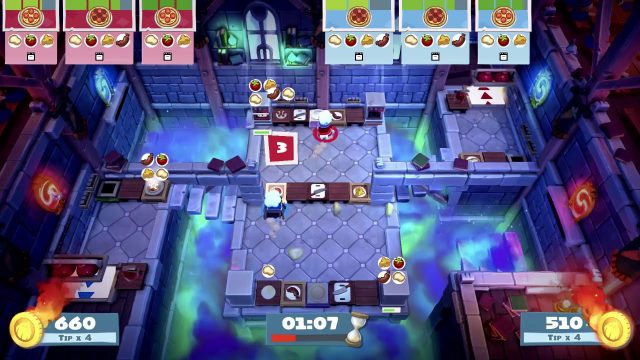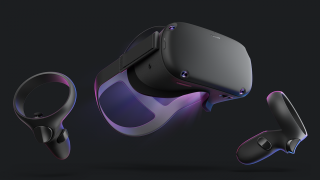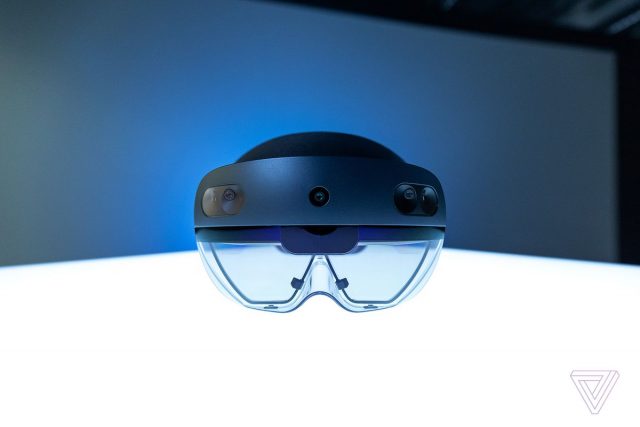KOH WEE LUN CLARENCE, A0187535U
Short Description of Overcooked! 2 (Versus Mode, 2v2)
When the Nintendo Switch was released in 2017, along came the game Overcooked!, a co-op arcade action game about chefs scrambling to get food orders out of unique kitchens. The refreshing and original concept of the game made it a hit. In August 2018, a sequel of the game was released, and it was met with considerable fanfare as well. The game play is like that of Overcooked!, whereby cooks in a kitchen get tasked with many orders and they must accomplish as many of these orders as they can. The chefs must not only pick out ingredients from crates, they still must chop them up, remove them from chopping boards, cook these ingredients and ensure that they do not “overcook”. After which, the cooked ingredients must be placed onto a plate with other cooked/raw ingredients to make a complete food item. This food item then needs to be brought to a tiny window to be served before the order is considered completed. The game play usually involves 4 players, 2 players cooperating with each other to beat the other 2 players who are on the opposing team. It is possible for just 2 players to play the game as well, however, I will be focusing on communicating ideas for a 4-player game play, specifically the Versus Mode.

Game Analysis of Overcooked! 2 (Versus Mode, 2v2)
While playing the game, I feel a sense of anxiousness because I can see the orders piling up very quickly and as a result, I become flustered. It is necessary for each pair to work well in order to complete more orders than the opposing team. While I play the game, I am most focused on the orders list, and sticking strictly to only the things I am delegated to do. If I am supposed to take the ingredients, chop them up and serve the done dishes, I will stick to doing these tasks and nothing else. This prevents a conflict of responsibilities between my teammate and me.
Overcooked! 2 involves arenas which are static, whereby the kitchens remain the same throughout the 3 minutes of game play. It also features dynamic arenas, which morphs every 15 seconds or so, for players who are itching for an additional level of challenge. With the dynamic arenas, players must think on their toes, because the tasks the player will be able to accomplish changes according to how the arena morphs. When I got stuck on one side of the arena, I was only able to toss the ingredients to my teammate and she had to do all the chopping, cooking and plating, then she had to toss the completed food items to my side for me to serve. This is occasionally frustrating, because we ended up tossing completed orders into the water or molten lava, which render the food items useless. Hence, we must redo the same order again which reduces the chance of completing the order request satisfactorily. However, this makes the game even more addictive, as the additional layer of challenge invites players to come back to compete for an even better score if they know that they were delayed due to mistakes.
Cooperation is key in Overcooked! 2. In order to complete as many orders as possible, 2 players must communicate throughout the 3 minutes of game play effectively, especially when the arena is dynamic, or if the arena allows for the opponent pair to steal completed orders/ingredients from you and your teammate. There is synergy when the players work together because of how the game mechanics work. If players decide to work on completing orders alone, from getting the ingredients to serving the completed orders, it would be too slow, and the points earned would be affected. The optimal scores are achieved the Overcooked! 2 Versus Mode only through cooperation.
Despite the high-level of cooperation required between teammates, the competition element of the game is not ignored. In the Overcooked! 2 Versus Mode, teams of 2 compete against each other to see which team can earn the most points in the same time period. Some game arenas are also pieced in a way that allows players to steal the completed food items of their opponents, making the game play even more challenging. All 4 players are playing within the same arena and their actions can affect one another. Players can block opponents from getting certain ingredients by standing in the way of their opponents. The competition aspect of Overcooked! 2 makes the game more entertaining; players must not only strategise on ways to cooperate with their teammate and compete against their opponents.
Finally, the game has an intuitive and bright visual interface to complement its intention of being a party game. The intuitive interface is a necessary game aesthetic as it prevents the complication of the fast-paced game. Players can glance down quickly to check the time left and their current scores, which are placed at the bottom right and the bottom left of the screen respectively. This saves time, as placing these elsewhere might require players to glance around for a couple more milliseconds, affecting the players’ momentum. Also, the bright colours used to paint the whole game provides a cheerful atmosphere, uplifting the essence of fun. The background music used is upbeat, which complements the theme effectively. It also speeds up towards the end, as the game clock approaches 0. This adds on to the adrenaline that the players feel towards the end of the game, as they eagerly clear as many of the remaining orders as possible.
In conclusion, Overcooked! 2 is a fantastic game. It is a good example of how real-world scenarios can inspire interesting and refreshing game plays that work. Even though it does not have a detailed narrative, nor does it have stellar graphics, it stands out because it is an effective party game. Its inviting and fun atmosphere, and the relatively short duration keeps players entertained for hours. In a generation where we are so disconnected by technology, maybe it is time we consider how we can adapt technology to help us connect, just like how Overcooked! 2 has achieved it.
Game play demo link: https://www.youtube.com/watch?v=lcVISRmANIo



